Regional Market Analysis: What Are the Differences in Shaping Garment Procurement Demands Between North America, Europe, and Southeast Asia?
This article will thoroughly analyze the procurement preference differences across the three regions, providing procurement professionals targeting specific markets with precise product selection guidelines to ensure products better align with local consumer needs and significantly enhance sales conversion efficiency.
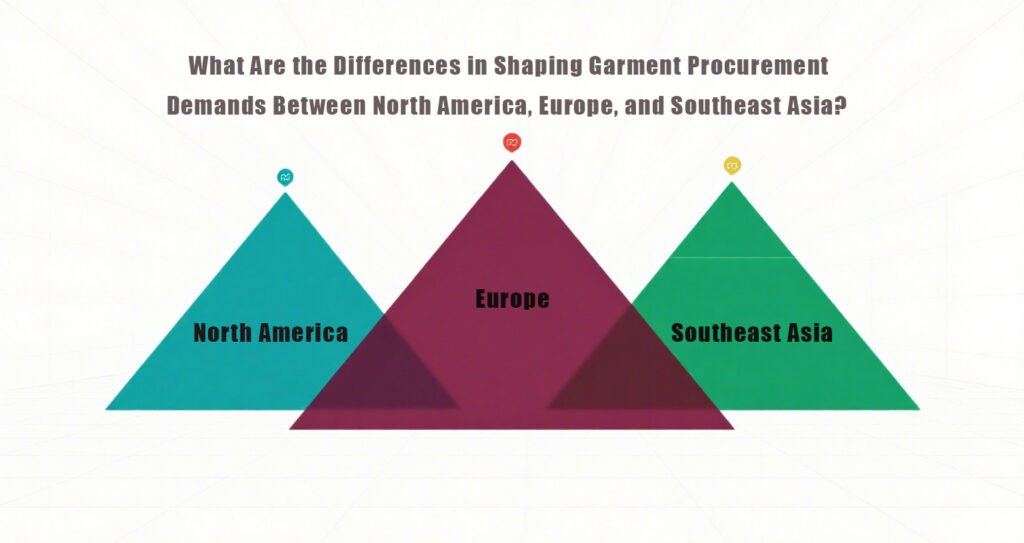
Table of content
| 1. North America & Europe Markets: Environmental Sustainability, Inclusivity, and Brand Storytelling Form the Core Procurement Demands |
| 2. Southeast Asian Market: Cost-effectiveness, fast fashion, and breathability dominate procurement logic |
| 3. Targeted Product Selection Strategy: Ensuring Products Align Precisely with Regional Demands |
In the current context of sustained growth in the global shaping garment market, a one-size-fits-all procurement strategy is no longer viable. Differences in consumer culture, climate conditions, and body type characteristics across regions have given rise to distinctly different procurement needs — North America and Europe prioritize “quality and inclusivity,” while Southeast Asia focuses on “cost-effectiveness and practicality.” This article will thoroughly analyze the procurement preference differences across the three regions, providing procurement professionals targeting specific markets with precise product selection guidelines to ensure products better align with local consumer needs and significantly enhance sales conversion efficiency.
1. North America & Europe Markets: Environmental Sustainability, Inclusivity, and Brand Storytelling Form the Core Procurement Demands
As mature consumer markets, the procurement demands for shapewear in North America and Europe have long transcended the concept of “shaping” itself, placing greater emphasis on the “quality endorsement” and “emotional value” behind the product. When selecting products, procurement professionals in these two regions typically prioritize the following three factors:
1. Environmental certifications are the “entry ticket”
Environmental awareness among European and North American consumers permeates every aspect of apparel procurement. As intimate apparel, shapewear faces stricter requirements for “safety” and “environmental friendliness.” Currently, OEKO-TEX® Standard 100 certification has become the “basic entry ticket” for the European and North American markets—this certification ensures that fabrics are free of harmful chemicals such as formaldehyde and heavy metals, and that the production process complies with environmental standards.
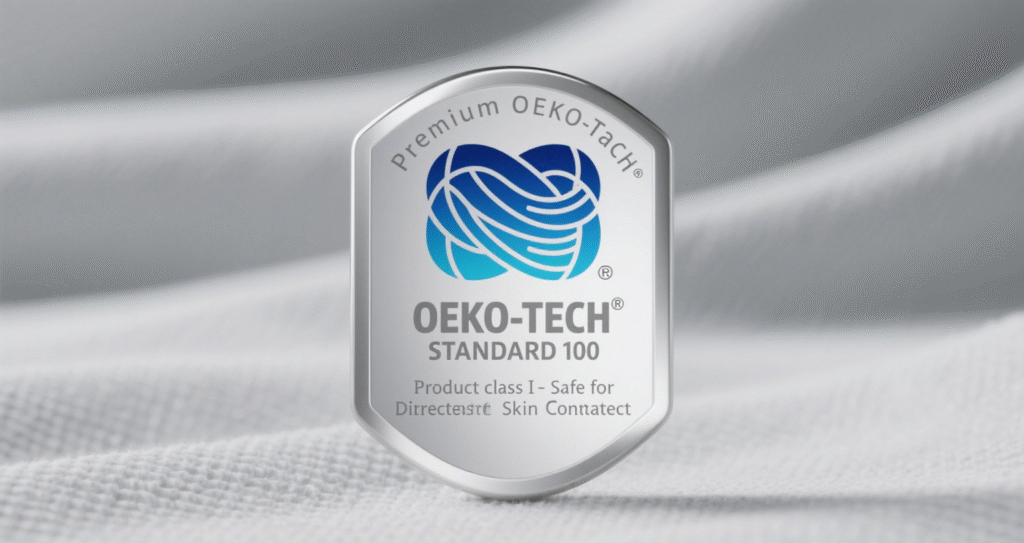
2. Diverse body type coverage
Contrary to traditional perceptions, the core customer base of the European and American shapewear market is not solely focused on “weight loss needs,” but rather emphasizes “inclusivity for all body types.” North American consumers have an average body type that tends to be more robust, while Europeans prioritize “comfortable shaping,” making “full size coverage” a core consideration for buyers.
Specifically, North American buyers typically require shapewear sizes ranging from XS to 6XL, with some buyers targeting the plus-size market extending up to 8XL; while the European market has a narrower size range, primarily XS to 4XL, it places greater emphasis on “fit adaptability”—for example, high-waisted shapewear pants designed for pear-shaped figures or one-piece shapewear for apple-shaped figures. In contrast, buyers who neglect plus-size demands see return rates in the European and North American markets that are 30% higher on average, while products with full size coverage can increase repurchase rates by 25%.
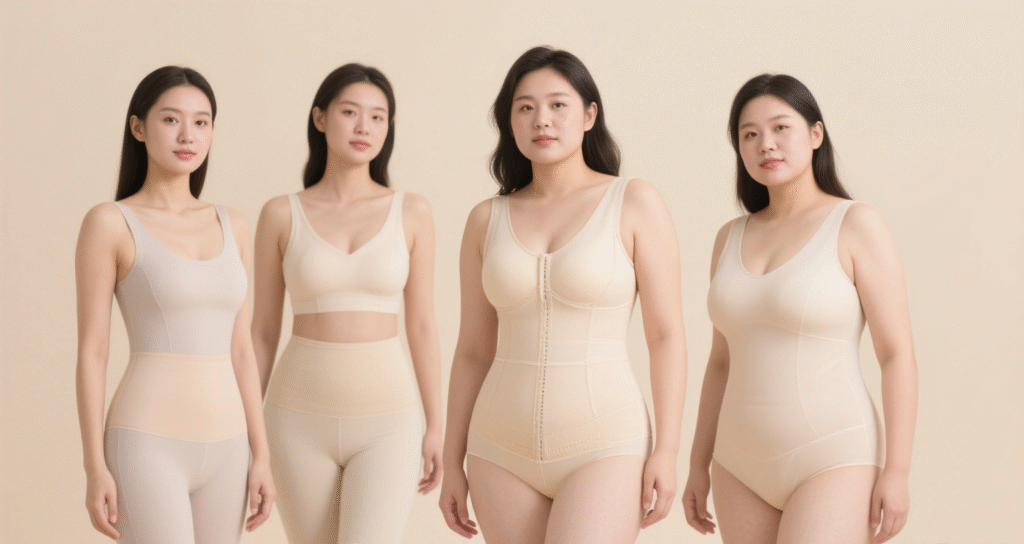
3. Brand storytelling empowers, emotional value drives purchasing decisions
European and North American consumers are willing to pay for “brands with heart,” which means buyers focus not only on the product itself but also on the culture and philosophy behind the brand. For example:
• Brands emphasizing “female body confidence” (such as Spanx) have become popular choices among North American buyers through marketing stories that “reject body anxiety”;
• European brands emphasizing “sustainable lifestyles” have gained favor from high-end retailers through concepts like “biodegradable packaging + carbon-neutral production.”
2. Southeast Asian Market: Cost-effectiveness, fast fashion, and breathability dominate procurement logic
The shapewear consumption market in Southeast Asia (centered on Indonesia, Malaysia, and Thailand) remains in a “practical-oriented” phase, with procurement demands closely aligned with local climate conditions and consumer purchasing power. Unlike the “quality-first” approach in Western markets, Southeast Asian buyers prioritize “meeting core needs at lower costs,” manifesting in three key characteristics:
1. Cost-effectiveness is the core competitive advantage
Southeast Asian consumers have relatively low budgets for clothing purchases, and shapewear, as a “non-essential intimate garment,” is highly price-sensitive. According to procurement data, the average unit price for mainstream shapewear in the Southeast Asian market ranges from 20 to 50 RMB, with products priced above 80 RMB accounting for only 10% of procurement volume.
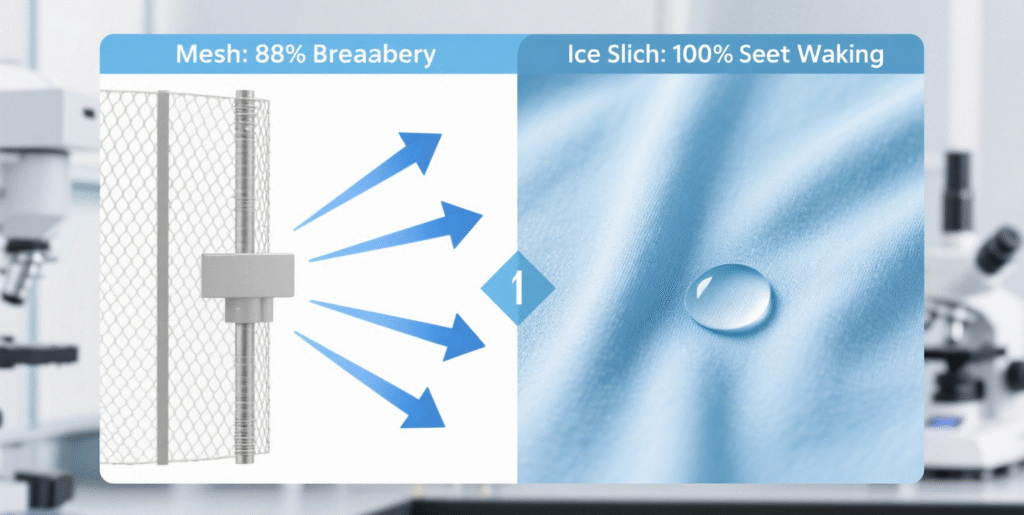
2. Fast fashion styles evolve rapidly, with “short cycles and high frequency” becoming the procurement rhythm
The Southeast Asian shapewear market is deeply influenced by fast fashion culture, with consumers seeking “novelty,” resulting in style evolution speeds far exceeding those of the European and American markets. Purchasers’ product selection logic exhibits “short cycles and high frequency” characteristics:
• Style update cycles have been shortened to 1-2 months, for example, summer focuses on “spaghetti-strap styles + lightweight styles,” and during the rainy season, quickly switches to “long-sleeve styles + thermal styles”;
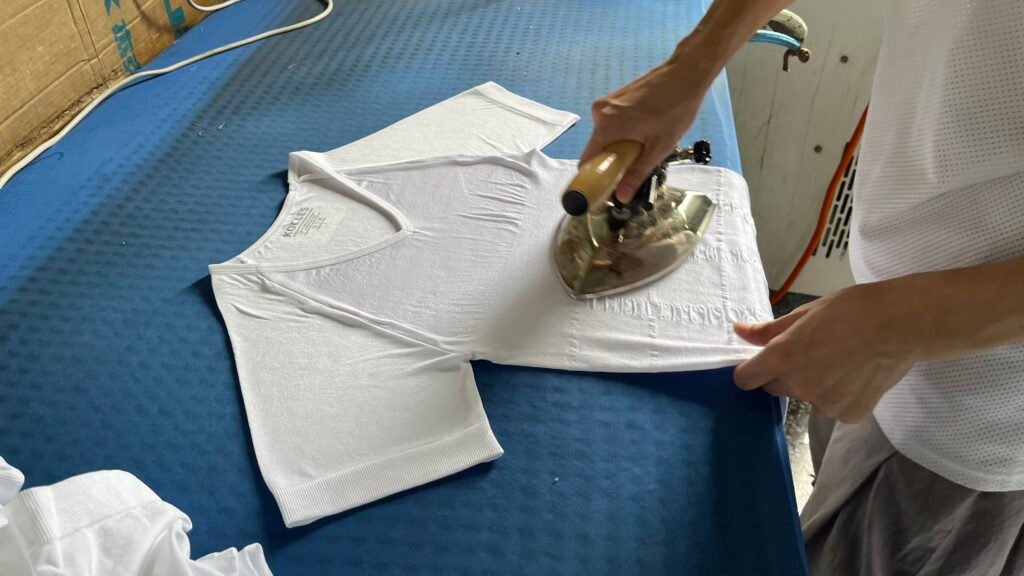
• Closely following local trends, such as drawing design inspiration from Korean and Thai dramas to launch “celebrity-inspired” shapewear;
• Purchasing in small batches with multiple orders to avoid inventory buildup — single orders typically range from 500 to 1,000 pieces, whereas European and American markets often place orders exceeding 5,000 pieces per batch.
3. Targeted Product Selection Strategy: Ensuring Products Align Precisely with Regional Demands
Based on the aforementioned differences, procurement professionals targeting different regions must adopt differentiated product selection strategies to stand out in local markets. The following are specific recommendations by region:
1. For North American & European Markets: Focus on “Quality + Inclusivity + Emotional Appeal”
• Prioritize eco-certified fabrics: Require suppliers to provide OEKO-TEX certification reports during procurement. For high-end markets, further select eco-friendly materials such as GOTS organic cotton or recycled polyester fiber, and use biodegradable packaging to emphasize eco-friendly labeling;
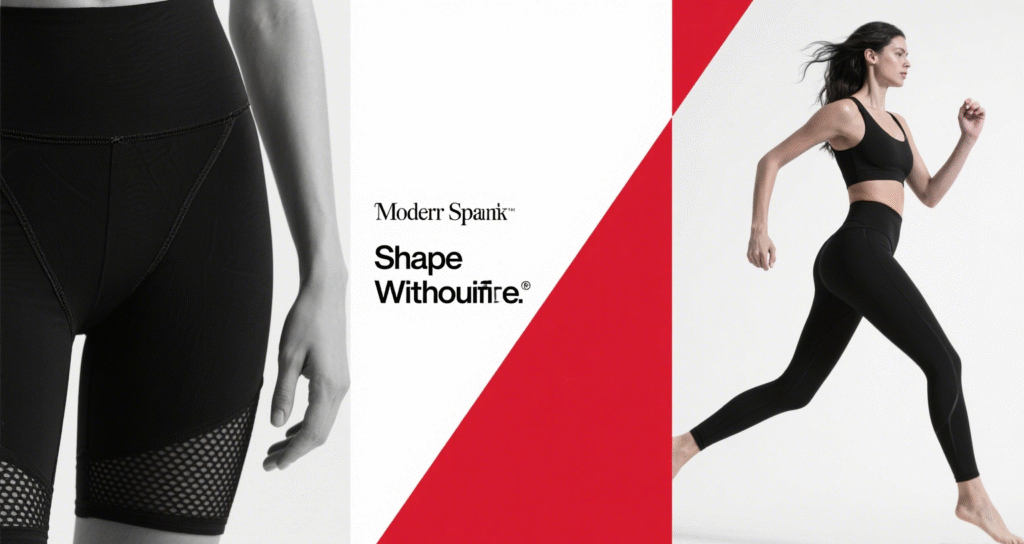
• Full size range + specialized silhouettes: In the North American market, prioritize developing a full size range up to 6XL, with optimized elastic designs for the waist and abdomen tailored for plus-size consumers; For the European market, add “segmented shaping” styles, such as a two-in-one shapewear piece combining “high-waisted tummy control + pelvic correction” for postpartum recovery;
• Partner with brands with compelling narratives: Select brands emphasizing “body positivity” and “sustainability,” or collaborate with local KOLs to develop co-branded collections, using brand stories to reduce decision-making costs for end consumers.
2. Targeting the Southeast Asian market: Emphasize “cost-effectiveness + practicality + rapid iteration”
• Control costs and focus on core functionality: Keep the unit purchase price under 50 yuan, select standard nylon + spandex fabrics (with an elasticity ratio of 7:3), and prioritize seamless cutting techniques while minimizing decorative elements;
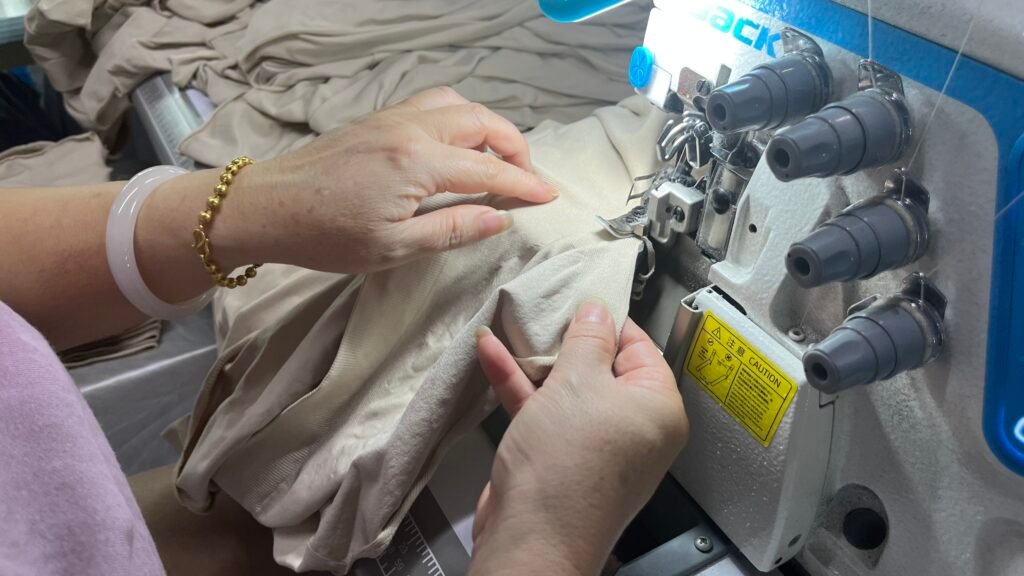
•Frequent iterations to keep pace with local trends: Monitor Southeast Asian e-commerce platforms (such as Shopee and Lazada) monthly for bestseller lists, quickly replicate “trending elements” (e.g., recently popular “U-neck shapewear” or “detachable straps”), and limit single-order quantities to 1,000 pieces or fewer;
•Enhance breathability design: require suppliers to provide fabric breathability test reports (breathability ≥500 mm/s is preferable), prioritize mesh fabric and ice silk materials, and incorporate breathable vents under the arms and at the waist in the design to avoid fully covered styles.
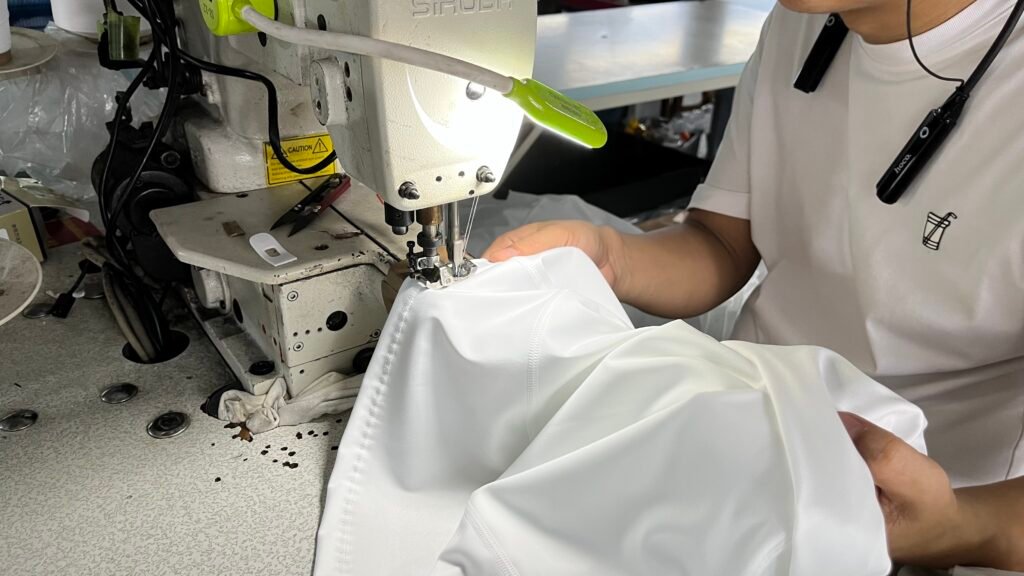
The core of shapewear procurement lies in achieving precise alignment between product features and regional consumer needs. North American and European markets require appealing to consumers with “environmental friendliness, inclusivity, and emotional appeal,” while Southeast Asian markets demand “cost-effectiveness, practicality, and rapid iteration” to capture market share. For purchasers, only by deeply understanding the consumption logic of different regions and adjusting product selection strategies accordingly can products establish a foothold in local markets and ultimately achieve the goal of “purchasing equals best-selling.”
